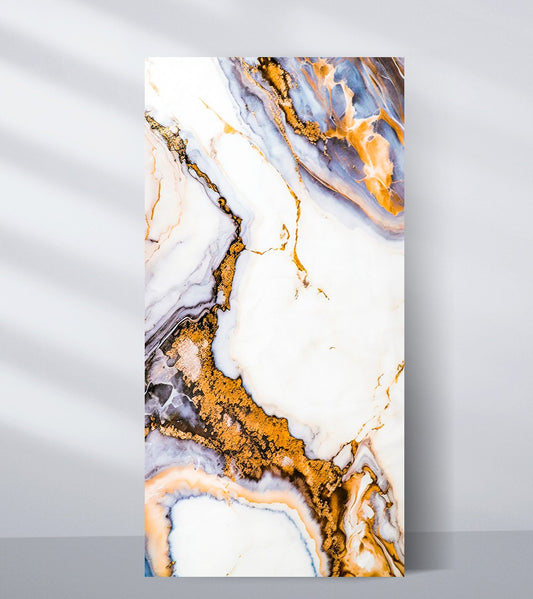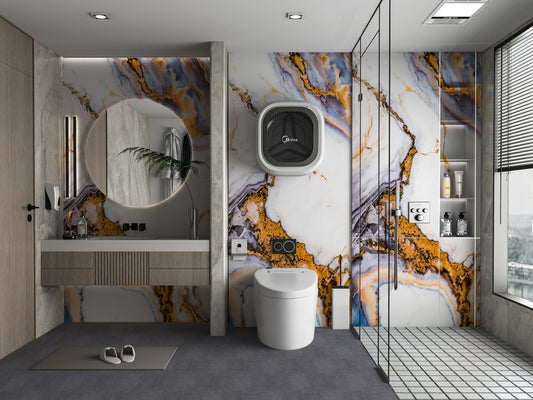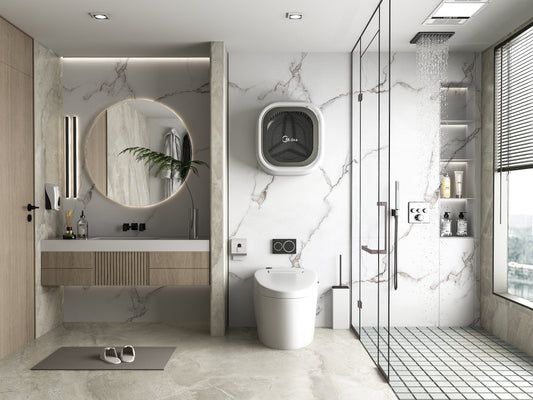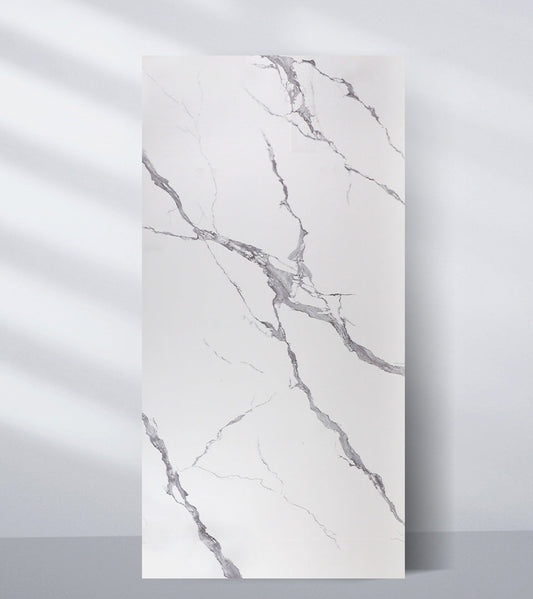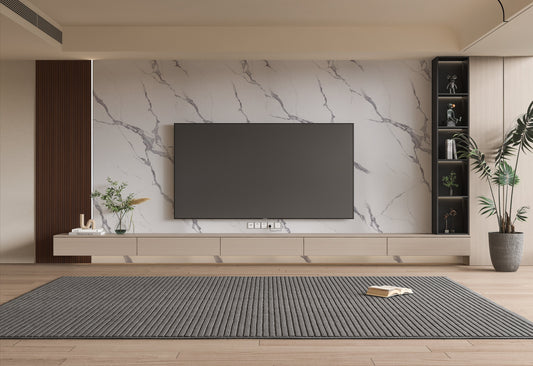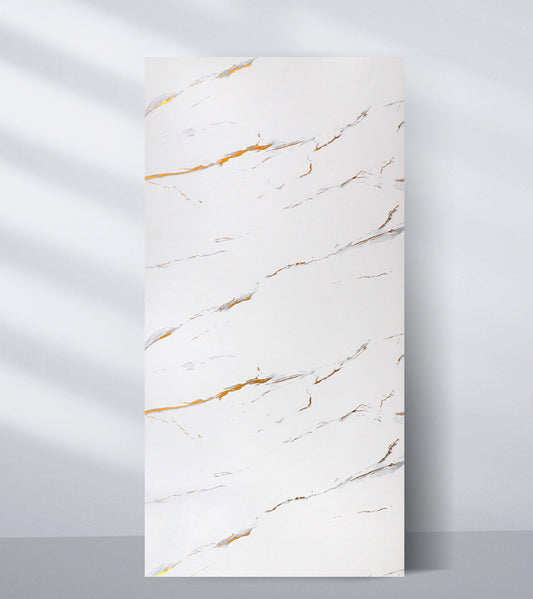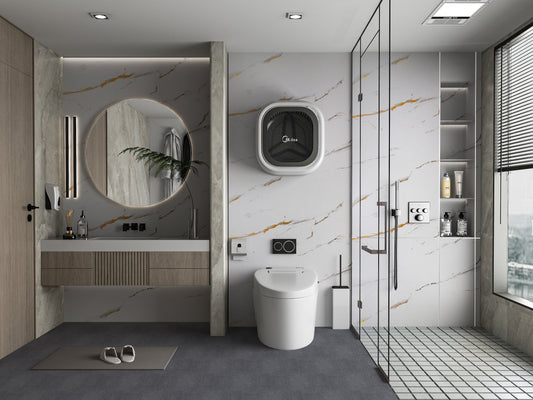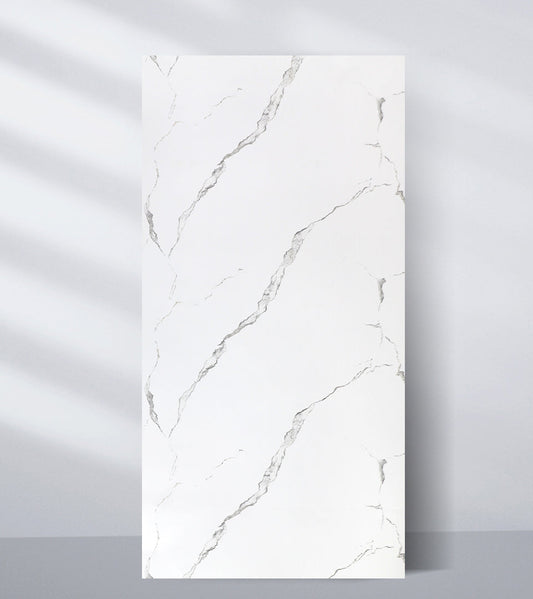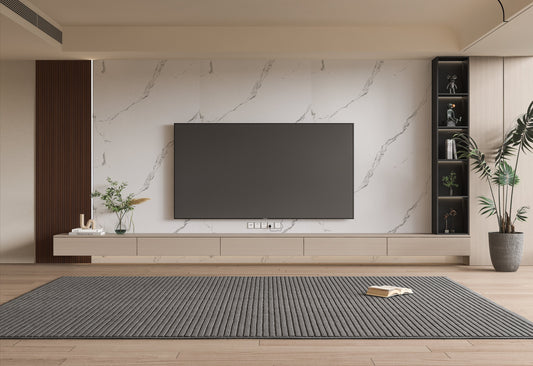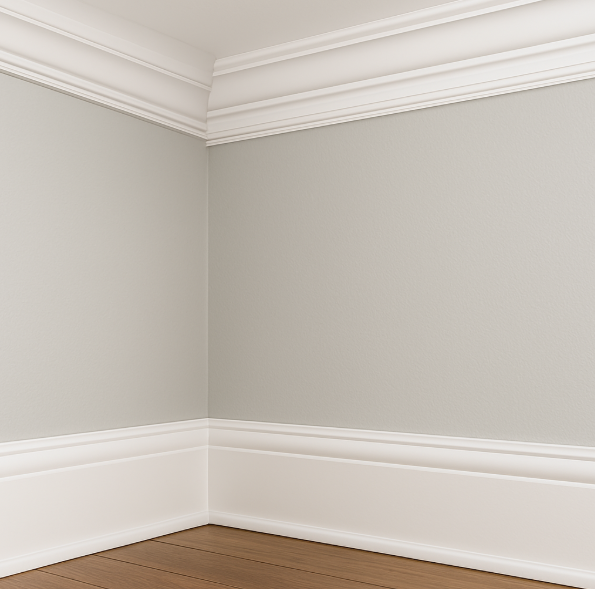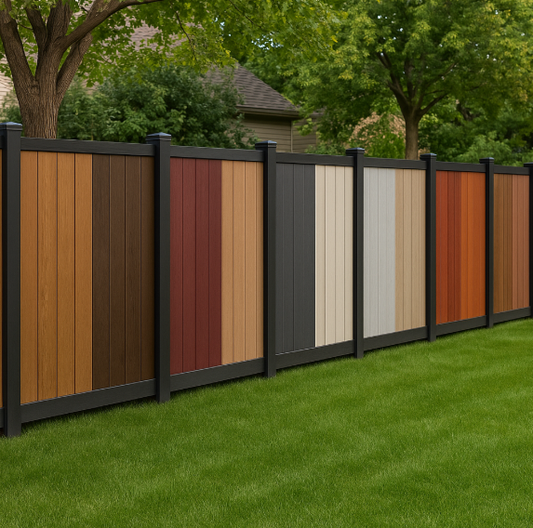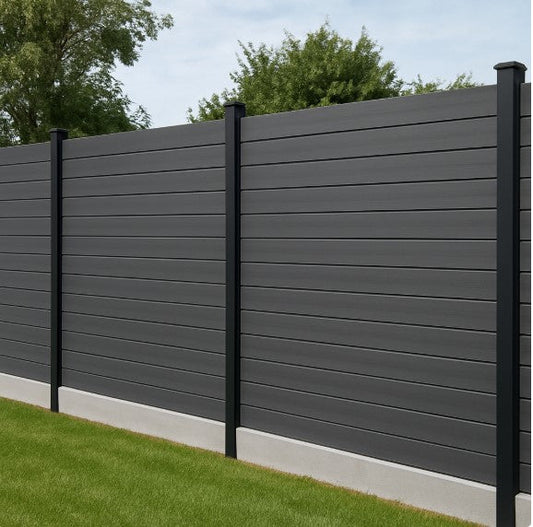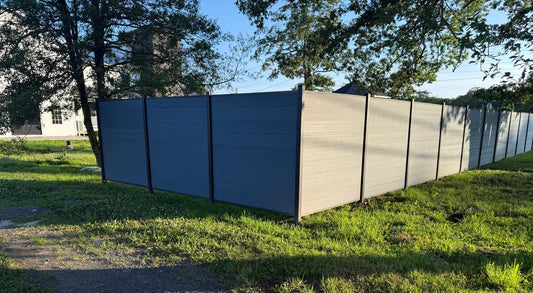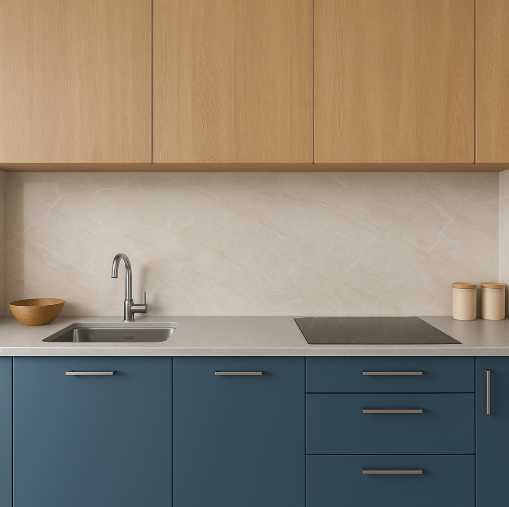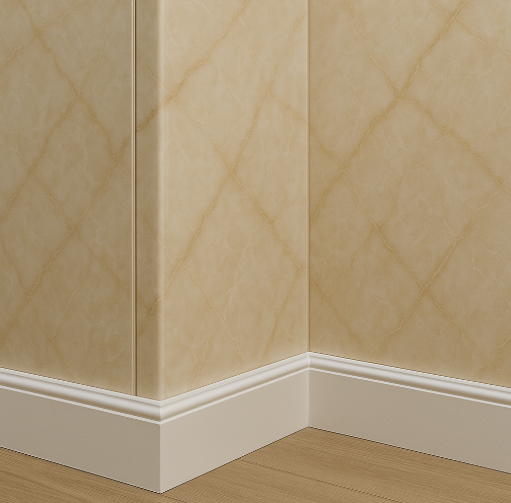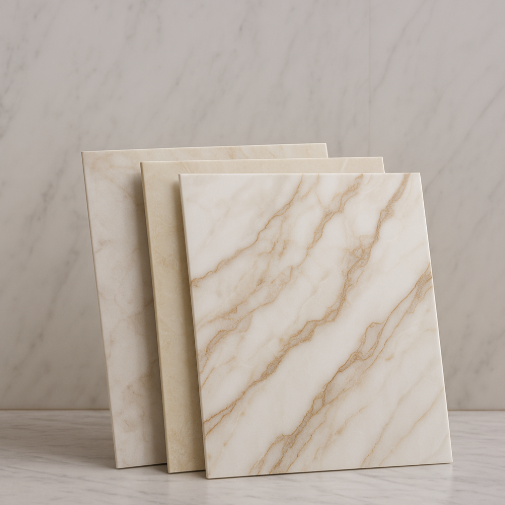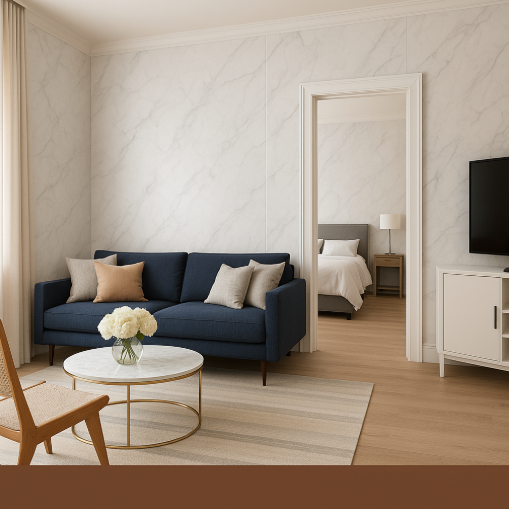When it comes to finishing touches in home interiors, molding and trim play an essential role in defining style, structure, and character. Two of the most commonly used decorative trims crown molding and baseboard trim might seem similar, but each has a distinct function and visual impact. If you're planning a renovation or building a new home, understanding the difference between crown molding and baseboard trim can help you make more informed, aesthetic, and functional design decisions.
In this detailed comparison guide from Accel Inc, we’ll explore what sets these trims apart, how they’re used, popular styles, and which one is best for your space. Whether you’re aiming for traditional elegance or modern minimalism, this blog will help you choose the perfect trim solutions.
What Is Crown Molding?
Crown molding is a type of trim that’s installed at the junction where the wall meets the ceiling. Its primary purpose is to add a decorative transition between the top of the wall and the ceiling, giving a room a finished and often more luxurious appearance.
Key Features:
- Installed horizontally at the top of walls
- Often features ornate or curved profiles
- Commonly used in living rooms, dining rooms, hallways, and formal areas
- Can be made from wood, polyurethane, MDF, or WPC (Wood Plastic Composite)
Popular Crown Molding Styles:
- Traditional crown molding with intricate details and curves
- Modern flat crown molding for minimalist interiors
- Step crown molding with layered profiles
- Cove crown molding for smooth concave transitions
Benefits:
- Enhances the architectural elegance of a room
- Makes ceilings appear higher and rooms more spacious
- Conceals cracks or imperfections at the ceiling line
- Works well with LED lighting integrations for modern interiors
 |

|
What Is Baseboard Trim?
Baseboard trim, also known as skirting board, is the molding installed at the bottom of walls, where the wall meets the floor. Its main role is both aesthetic and protective, offering a visual anchor for the room while shielding walls from wear, scuffs, and damage.
Key Features:
- Installed horizontally at the bottom of the wall
- Can range from simple straight edges to detailed profiles
- Common in every room, especially hallways, bedrooms, and kitchens
- Made from PVC, MDF, wood, WPC, or composite materials
Popular Baseboard Styles:
- Flat baseboards for modern, clean looks
- Colonial baseboards with beveled details
- Tall baseboards (5”–7”) for high-ceiling spaces
- Shoe moldings used in combination with baseboards for added finish
Benefits:
- Protects walls from vacuum or furniture damage
- Creates a clean transition between floor and wall
- Complements flooring material (hardwood, tile, laminate)
- Easy to maintain and repaint
Crown Molding vs Baseboard Trim: Side-by-Side Comparison
|
Feature |
Crown Molding |
Baseboard Trim |
|
Location |
Top of wall near ceiling |
Bottom of wall near floor |
|
Purpose |
Decorative finish, ceiling transition |
Protection + decorative floor finish |
|
Material Options |
Wood, MDF, polyurethane, WPC |
Wood, PVC, MDF, WPC |
|
Styles |
Ornate, modern, cove, step profiles |
Flat, colonial, tall, beveled |
|
Best Rooms |
Living rooms, dining areas, entries |
All rooms: kitchens, bedrooms, halls |
|
Installation Complexity |
Moderate to high |
Low to moderate |
|
Maintenance |
Occasional dusting/repainting |
Frequent cleaning, may need touch-ups |
Which One Do You Need for Your Space?
In truth, crown molding and baseboard trim work best when paired together, especially in rooms where attention to detail matters. But depending on your design goals and budget, you might prioritize one over the other.
Choose Crown Molding If:
- You want to add sophistication or a traditional touch
- You’re renovating a formal room or entertaining space
- Your ceiling height is at least 9 feet
- You plan to install indirect ceiling lighting
Pro tip: In open spaces with tall ceilings, crown molding can dramatically elevate the room’s ambiance.
Choose Baseboard Trim If:
- You need practical wall protection against scuffs and dirt
- You’re working with standard ceiling heights
- You're replacing flooring or repainting walls
- You’re aiming for a clean, finished look throughout the home
Baseboard trim is a must-have even in minimalist interiors it finishes the wall and adds durability.
 |

|
Modern Trim Trends for 2025
As we step further into the design future, trim styles are becoming more sleek, modular, and versatile. At Accel Inc, we stay ahead of these trends with modern trim materials that are both stylish and sustainable.
What’s Hot in 2025:
- WPC trims for water resistance and eco-friendliness
- Black or dark-toned trim for bold contrasts on white walls
- Flat baseboards and crown with no bevels for ultra-modern homes
- Mix-and-match textures: matte trim with glossy walls or vice versa
- LED backlit crown moldings for smart lighting setups
For minimalist designs, trims are often color-matched to the wall for a subtle, cohesive aesthetic.
Material Spotlight: Composite & WPC Trim Options
When comparing crown molding vs baseboard trim, material choice can significantly impact durability and style. Traditional wood trims require maintenance and may warp over time, especially in humid environments. That's why composite and WPC (Wood Plastic Composite) trims are gaining popularity for modern interiors.
Why Choose WPC Trims from Accel Inc?
- Waterproof and termite-resistant
- Eco-conscious alternative to hardwood
- Available in multiple colors, textures, and profiles
- Suitable for both crown molding and baseboard trim applications
Final Thoughts: Combine Both for a Cohesive Look
While crown molding and baseboard trim serve different purposes, the best-designed interiors utilize both to create a balanced, harmonious look. When coordinated in style, finish, and size, they bring polish and professionalism to any room from classic to contemporary.
At Accel Inc, we offer expert guidance and a full range of trim materials to help you design interiors that are both timeless and trend-forward. Whether you need sleek baseboard trims for a modern apartment or decorative crown moldings for a luxury home, we’ve got you covered.
Ready to Elevate Your Interiors?
Explore our curated collection of modern crown moldings and baseboard trims designed to match your vision and built to last. Our expert team at Accel Inc can help you choose, customize, and install the perfect trim solutions for your space.

